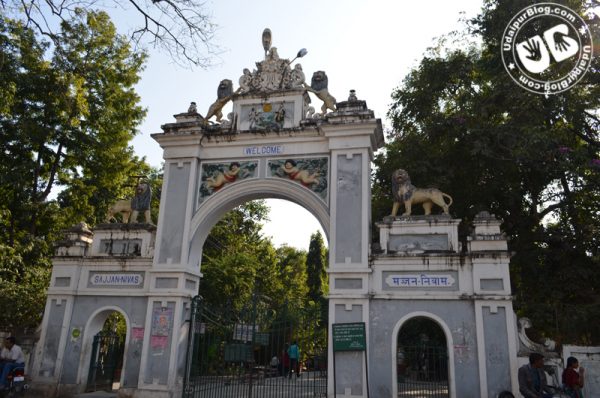Posted inPlaces to Visit
Lake Rajsamand : A Meadow of Azure Depicting Rusticity
Rajsamand Lake is an epitome of didactic work done by the princely states for the well concern and revampment of society and economy, which could be easily traced by its…
